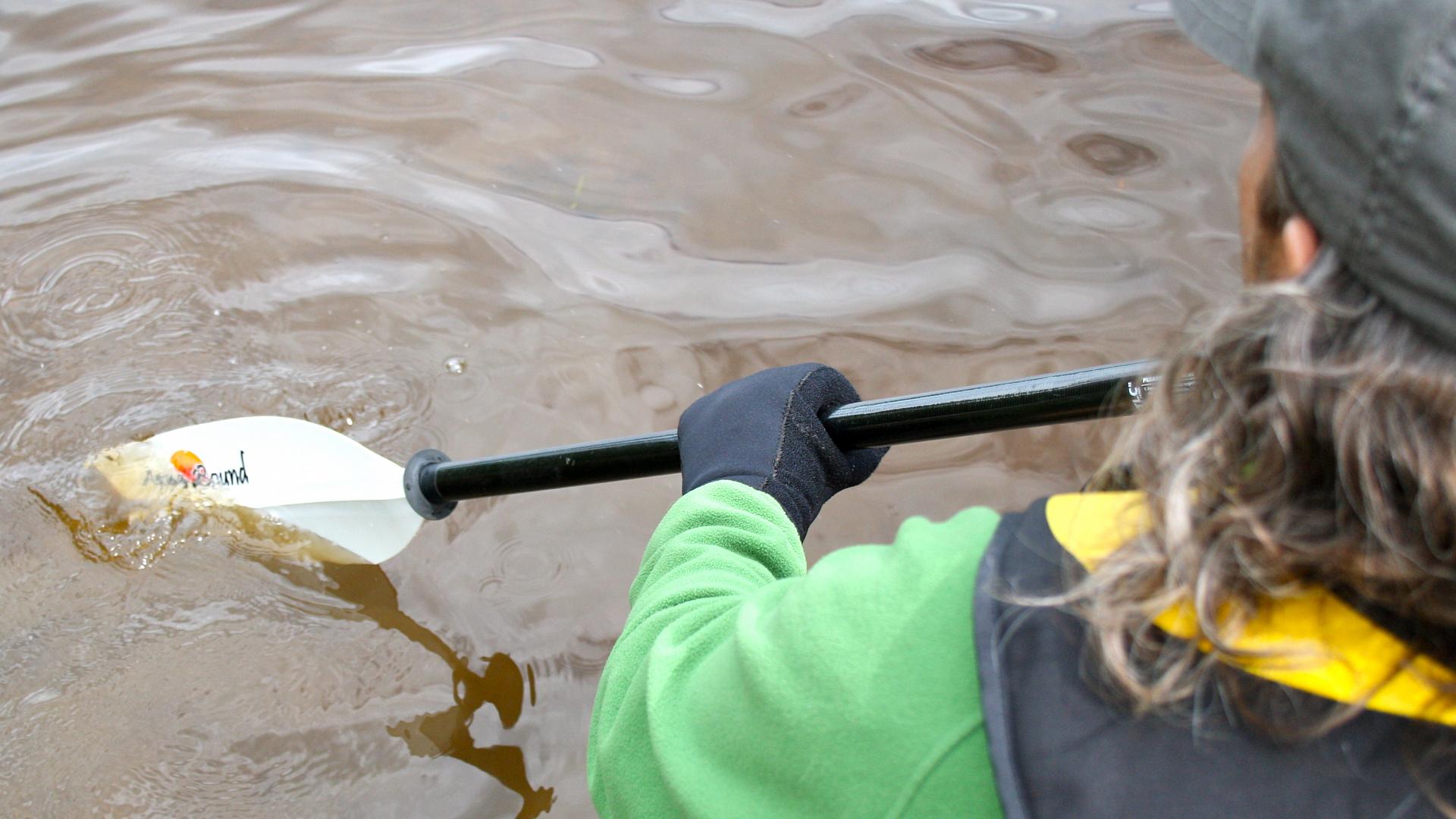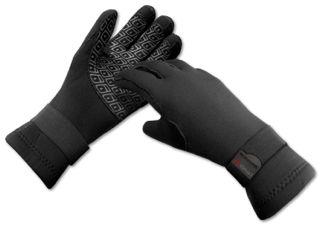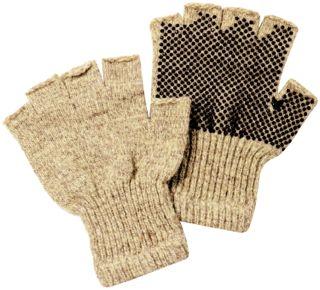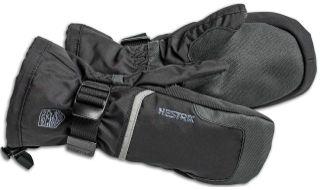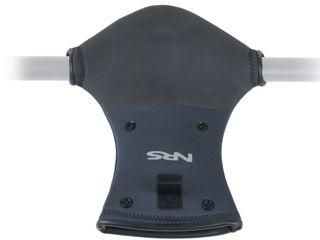Glove affair
A frosty fall fix for fending off frigid fingers
Advertisement
How do you catch fish from a kayak (or canoe) on crisp fall days? By being warm enough to actually stay on the water. And for me, cold-weather paddling comfort starts with your hands. After all, if you can’t comfortable hold your paddle and rod, it’s just not happening. But the fix is simple: a good pair of gloves.
There are several glove options for paddling, each with its own benefits and drawbacks. The style that works best for you depends on what sort of activities you do, when and where you’re on the water and, of course, personal taste. Finding ones I liked was a process of trail and error took several seasons, and multiple trips to retailer returns counters. When buying, remember to try on both gloves, and test the fit and feel by actually gripping a paddle.
Advertisement
Neoprene
Neoprene provides good insulation and decent flexibility, but be sure to choose gloves designed for paddling or cycling (above). They come pre-curved in a claw or shallow C-shape, with a thickness of two to three millimetres. Gloves that aren’t curved—or thicker gloves intended for divers—are too stiff to wrap around a paddle. Neoprene gloves should also have a thin inner lining of fleece or spandex, which makes them easier to put on and remove. As well, they should sport rubber palms and fingers for an improved grip. The proper fit is snug, but not tight.
Advertisement
Wool
Advertisement
If you need to keep your fingers free for activities such as fishing or photography, classic half-finger, ragg-wool gloves (above) are hard to beat, especially a pair with grips on the palms. You might think your fingertips will get cold, but the rest of your hand stays toasty enough to compensate. Wool’s best quality is that it provides warmth even when wet. I once clumsily dropped a wool glove into frigid water, but when I wrung it out and put it back on, my hand stayed warm. The wet-dog smell was a small price to pay.
Ski
In a pinch, you can get away with ski or snowmobile gloves—or my choice, mittens (above). Ski gloves may be warm and flexible, however they’re not waterproof. Once wet, in fact, they’re arguably less comfortable than bare hands against the elements. And if your hands are wet, the soft synthetic lining makes them very difficult to put on. On calm and dry days, ski gloves are okay; otherwise try something else.
Pogies
Kayakers also have the option of pogies—mittens that wrap around the paddle shaft and fasten with Velcro (above). You just slide your hands into the pogies and grip the shaft bare-handed. Usually made of neoprene or nylon, with a fleece lining, pogies are warm and offer excellent paddle control. On the downside, you need to move them or expose your hands when changing your grip position. And when you set down the paddle, your hands are no longer protected. Plus, aluminum paddle shafts themselves can get quite cold.

